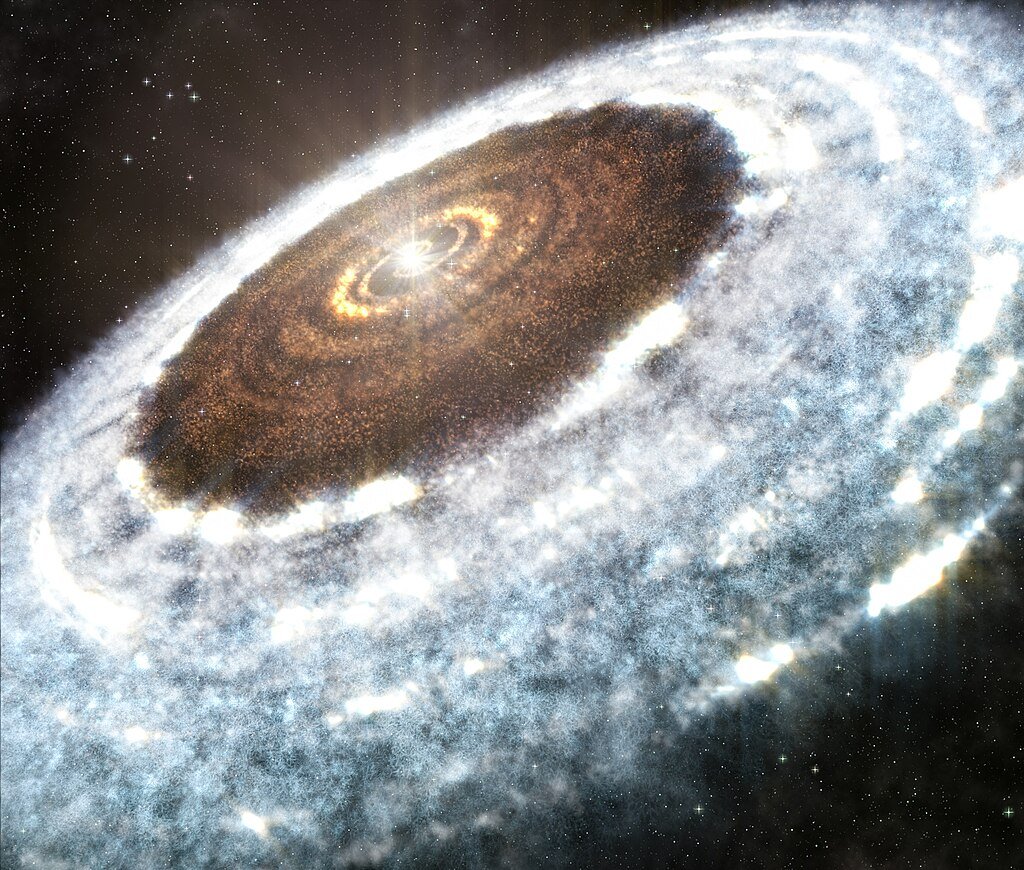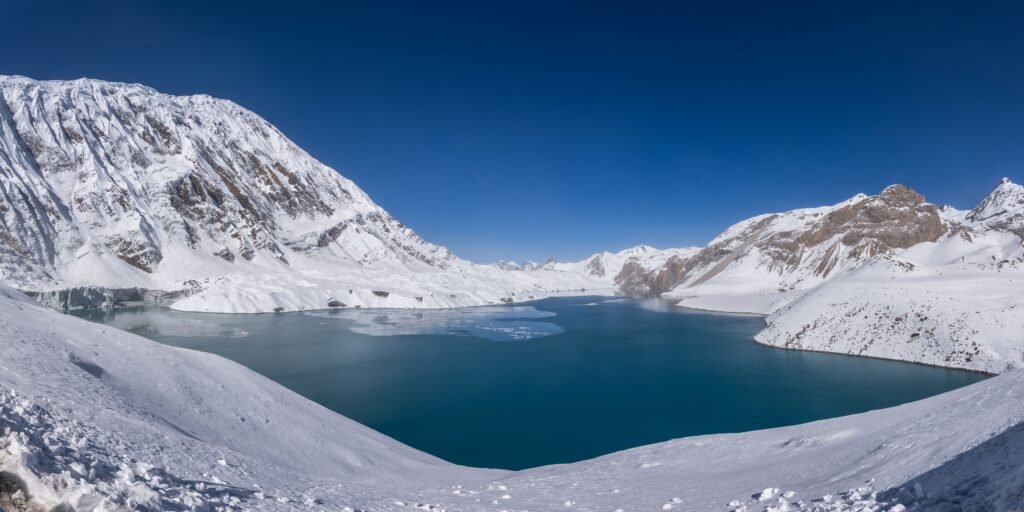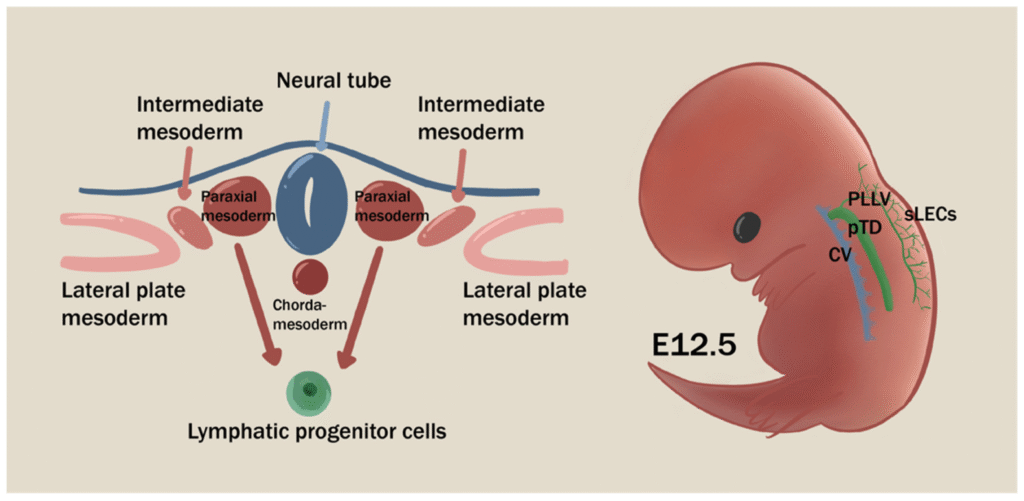Water in the great, cold nurseries where stars birth has a cosmic fingerprint. Astronomers using the James Webb Space Telescope (JWST) have found, for the first time, a rare form of water ice surrounding a young star remarkably similar to our infant Sun. Published in The Astrophysical Journal Letters, this finding implies that some of the water on Earth might be older than the Sun itself, created in the frigid depths of interstellar space prior to our solar system’s birth. The ramifications are great: perhaps a relic of the primordial universe, the water that fills our oceans, flows in our rivers, and courses through our veins could have been preserved across billions of years.
The Cosmic Fingerprint: What Is Semi-Heavy Water Ice?
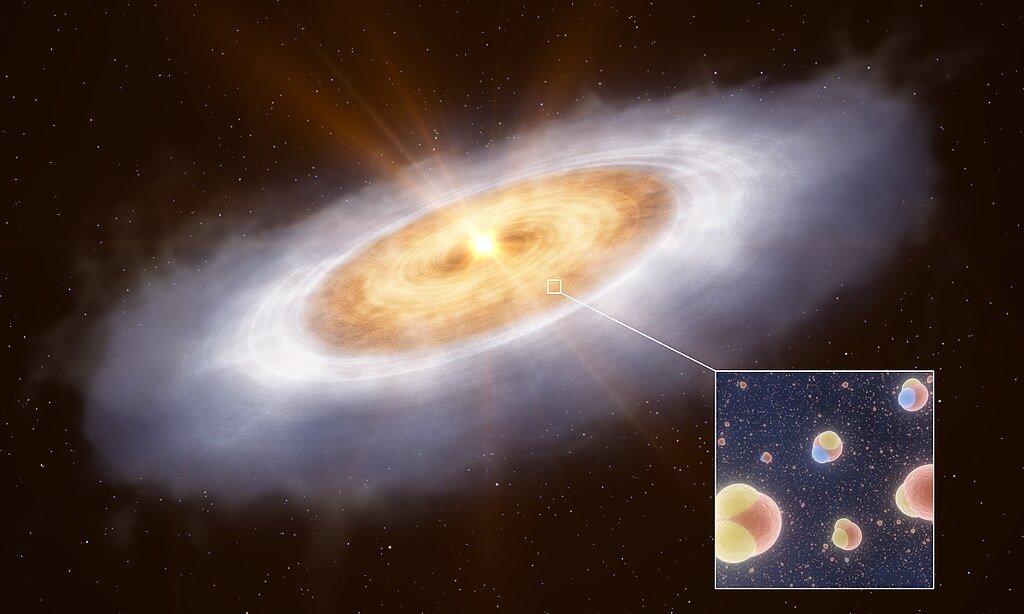
Usually composed of two hydrogen atoms and one oxygen atom, water molecules are (H₂O). But some hydrogen atoms are replaced in the extreme cold of interstellar space by deuterium, a heavier isotope with an extra neutron producing “semi-heavy water” (HDO). Like a chemical time capsule, the HDO to H₂O ratio shows where and how the water created.
A milestone is reached when JWST detects HDO ice surrounding the protostar L1527, 460 light-years distant in Taurus. Earlier telescopes could only detect the deuteration ratio of water in gas, where chemical reactions distort the signal. Astronomers now, for the first time, have a perfect view of water ice from the earliest phases of star development.
A Star Like Our Sun’s Infancy: Why L1527 IRS Matters

A young, sunlike star still swirled in a dense cloud of gas and dust, L1527 IRS is a cosmic time machine. “In many respects, it resembles what we believe our Sun was when it first started to develop,” notes John Tobin of the National Radio Astronomy Observatory.
This discovery is remarkable since the deuteration ratio in L1527’s water ice is rather similar to that of comets and protoplanetary disks in other young systems. This implies that from interstellar clouds to planetary bodies, water can survive almost unaltered; hence, the water in our solar system might have come from such ancient reservoirs.
A Puzzle in the Ratios: Why Earth’s Water Differs
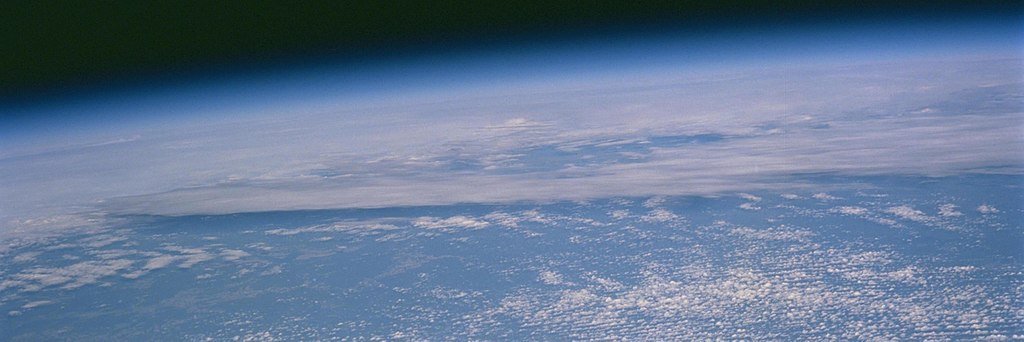
Although L1527’s water deuteration ratio fits some comets, it is somewhat higher than that of some solar system comets and Earth’s seas. This disparity begs some interesting questions:
- Was the water of Earth changed chemically? Some water molecules in the protoplanetary disk could have changed their deuterium content by heat and radiation.
- Was our Sun born into another environment? Should our solar system arise from a denser stellar nursery, interactions with surrounding stars could have affected water chemistry.
Astronomers intend to investigate 30 more protostars and dark clouds using JWST and the Atacama Large Millimeter/submillimeter Array (ALMA) to help to solve this.
Webb’s Unprecedented Vision: Why Earlier Telescopes Missed This
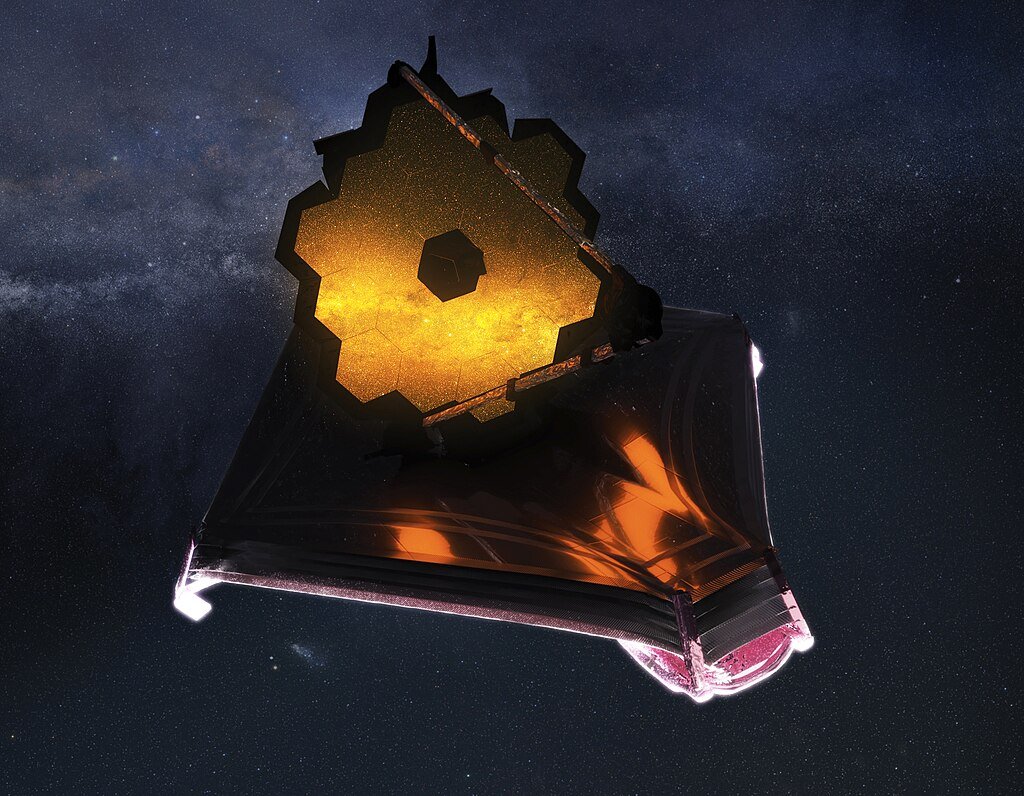
Measuring water ice deuteration in star-forming regions was almost impossible before JWST. The atmosphere of Earth filters important infrared signals; older space telescopes lacked the sensitivity. Lead researcher Katie Slavicinska of Leiden University notes “now, with Webb, we see a beautifully clear HDO ice signature.”
Crucially, the Mid-Infrared Instrument (MIRI) of JWST cut through dust to expose the spectral signature of the ice. This technological revolution reflects how Hubble changed visible-light astronomy except JWST is revealing secrets buried in the cold, dark cradles of star birth.
The Bigger Picture: Water’s Journey From Stars to Planets
This discovery supports a developing hypothesis: water is a cosmic hitchhiker. It forms in cold molecular clouds, gets incorporated into young stars and their surrounding disks, and finally finds itself on planets. “The bulk of water ice makes its journey mostly unchanged,” says Leiden astronomer Ewine van Dishoeck, who has spent decades following water’s path across space.
If confirmed, this implies that Earth’s water arrived here from the beginning, spun into the fabric of the solar system’s birth rather than just from comets.
What’s Next? Hunting for Water’s Origins Across the Cosmos
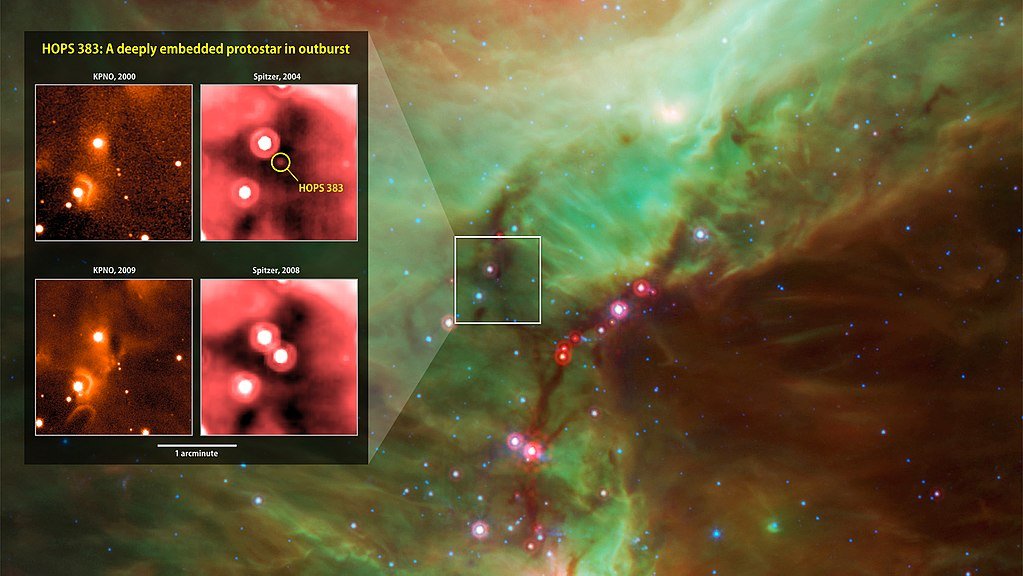
The team’s next actions are aspirational:
- Thirty more protostars will be investigated by JWST in search of variations in water deuteration that might explain why some systems (including ours) have somewhat “lighter” water.
- ALMA will investigate HDO gas in the same areas to offer a complementing perspective of the chemical development of water.
These observations could expose whether the water of our solar system is normal or if Earth’s seas result from a special cosmic recipe.
Conclusion: A Drop of Ancient Stardust in Every Glass
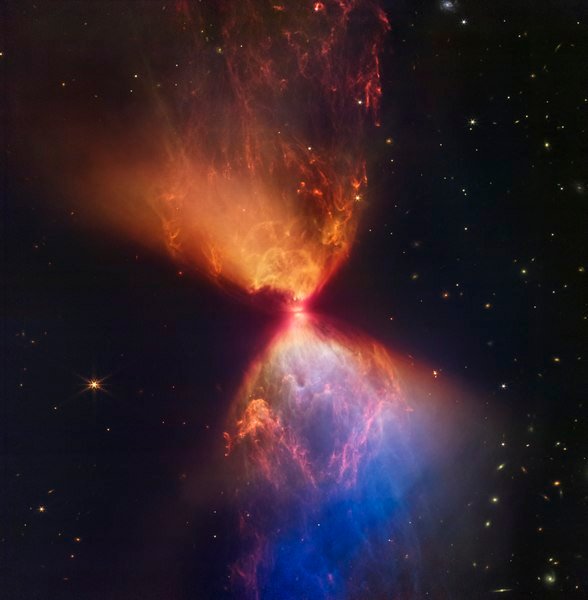
Long before the Sun turned on, the water we drink, the rain that falls, the great oceans that envelop our planet all of it may contain molecules created in the darkness of interstellar space. The discovery of JWST at L1527 IRS not only clarifies a scientific riddle but also ties us most intimately to the universe. Every drink of water tastes the universe.
Sources:

Jan loves Wildlife and Animals and is one of the founders of Animals Around The Globe. He holds an MSc in Finance & Economics and is a passionate PADI Open Water Diver. His favorite animals are Mountain Gorillas, Tigers, and Great White Sharks. He lived in South Africa, Germany, the USA, Ireland, Italy, China, and Australia. Before AATG, Jan worked for Google, Axel Springer, BMW and others.

